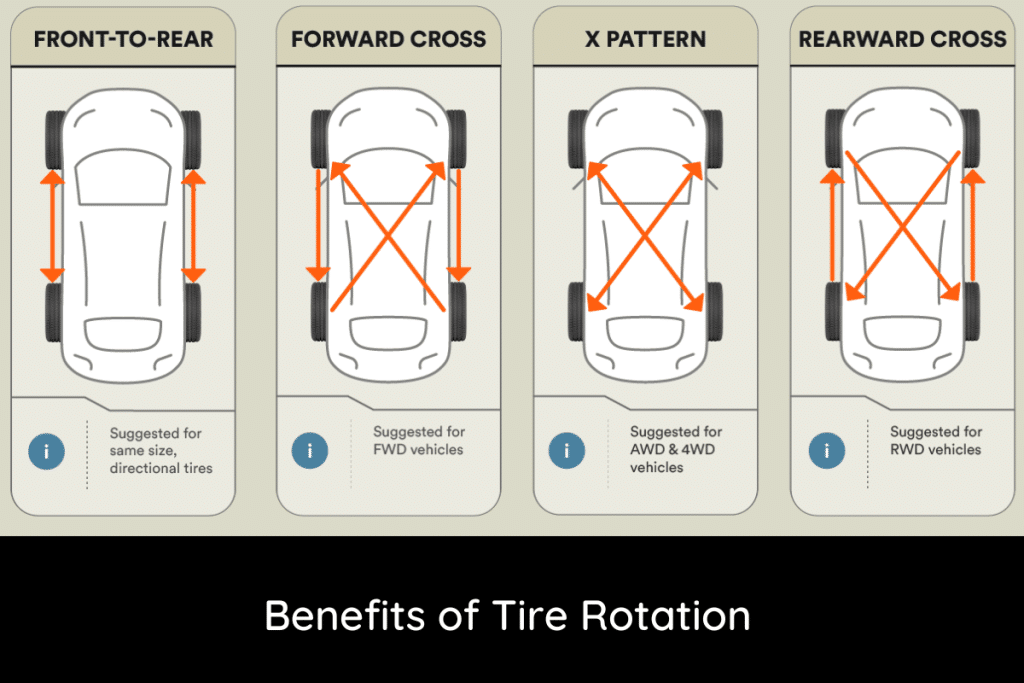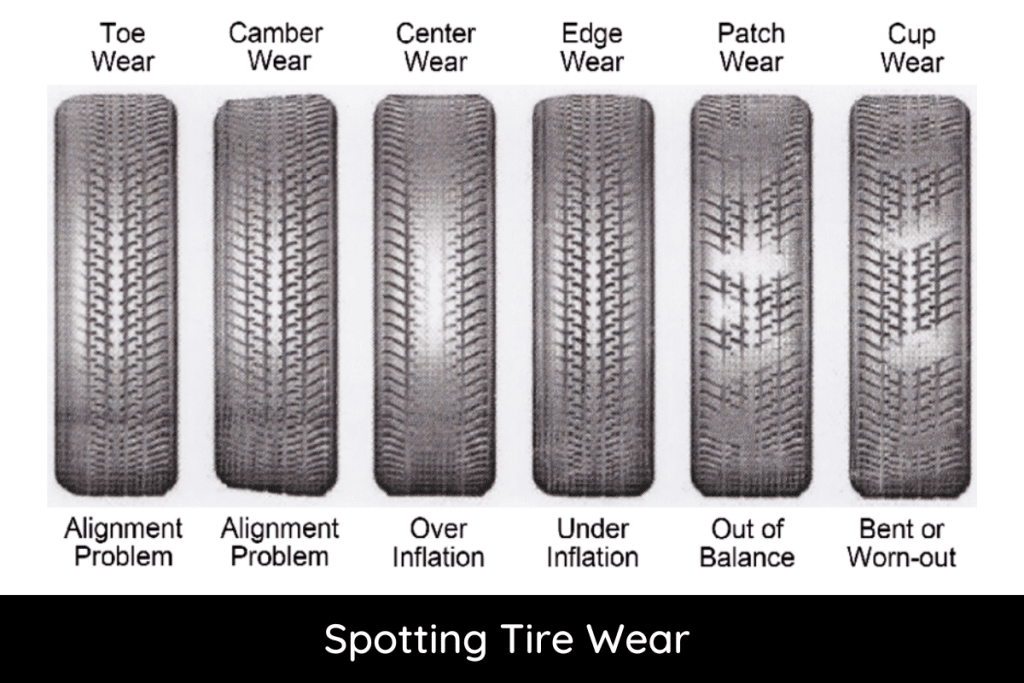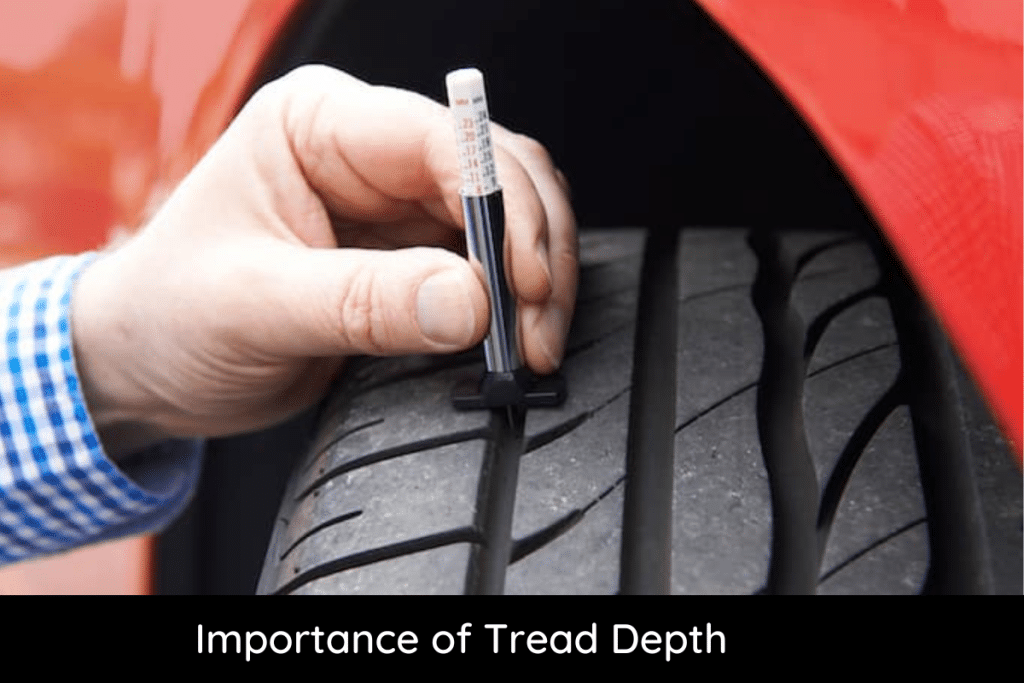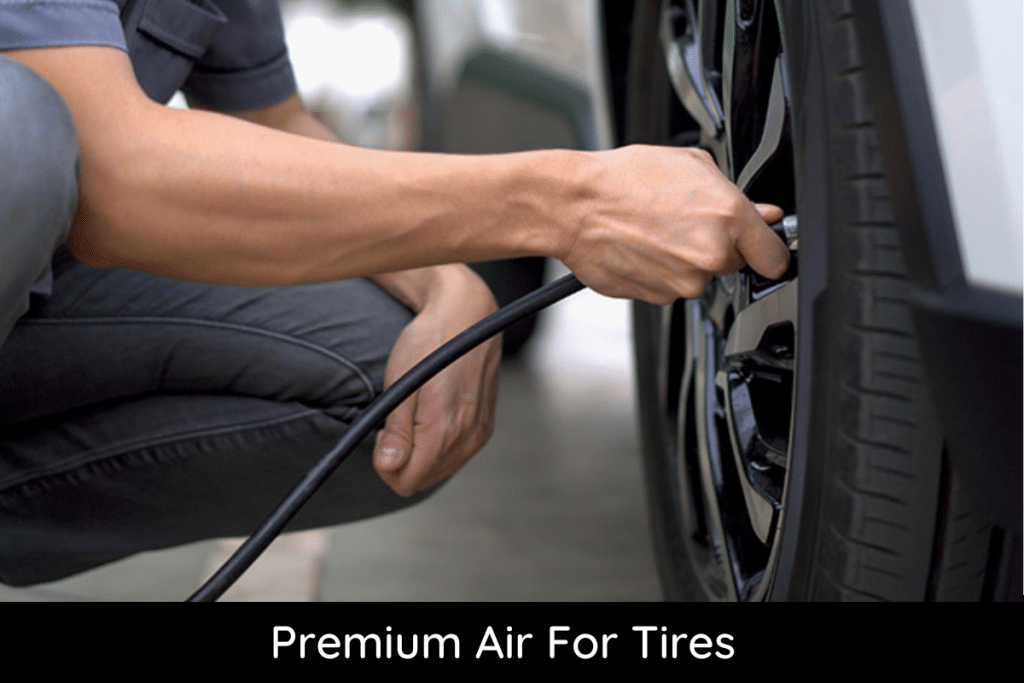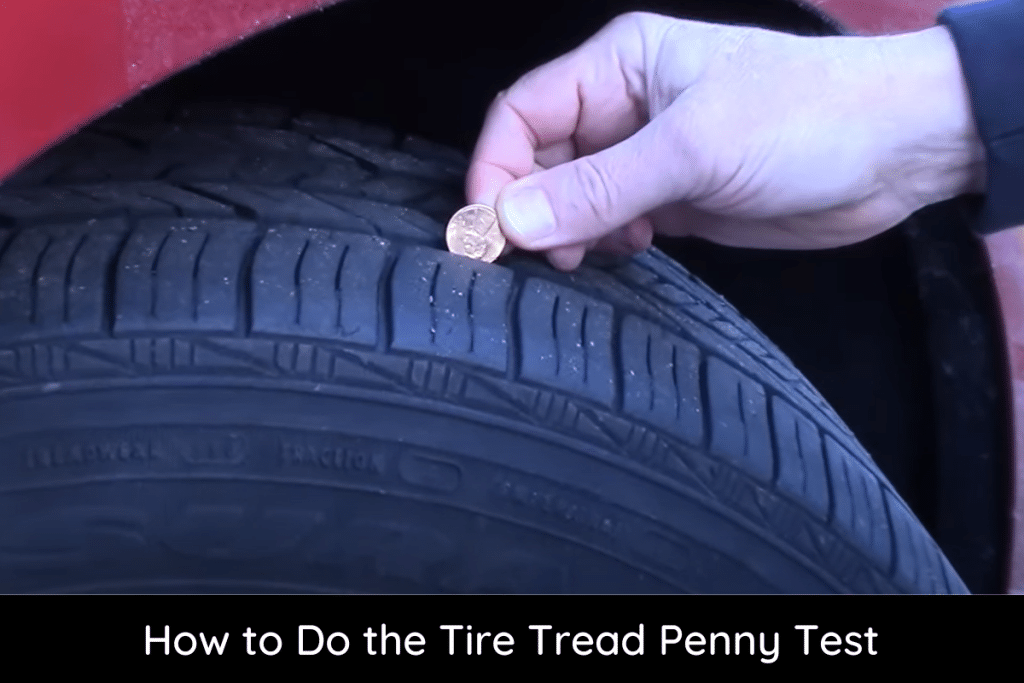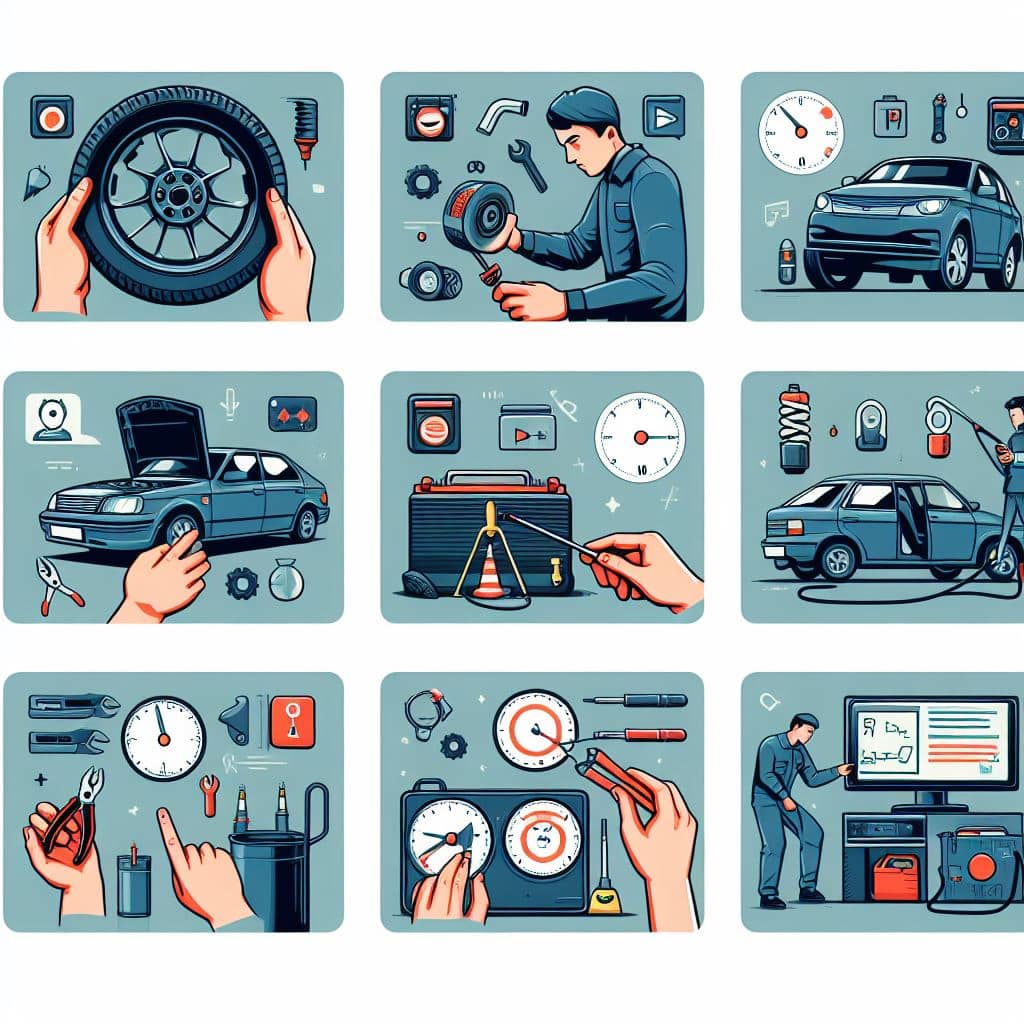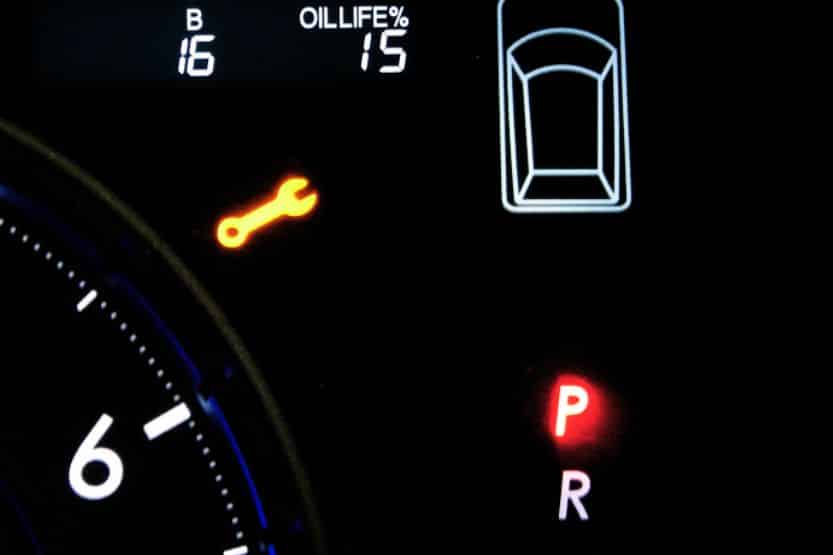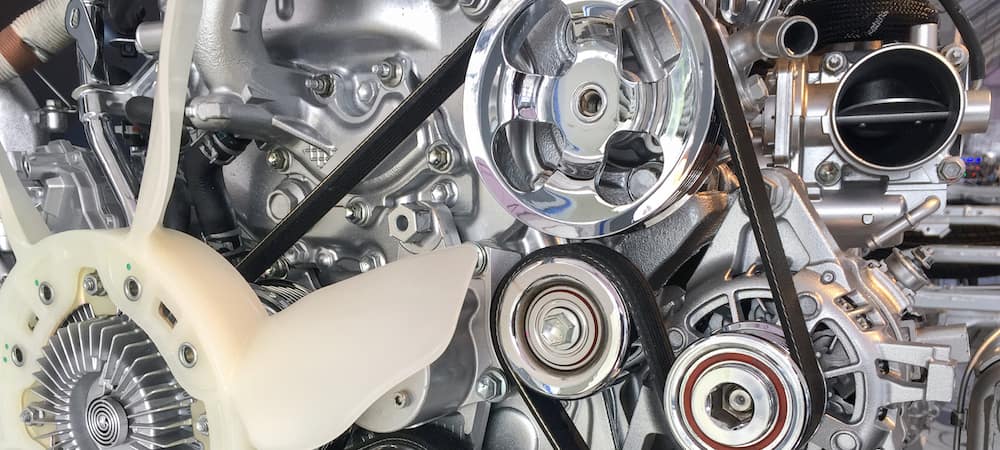This guide explains how to replace seat covers in a way suitable for any beginner who wants to learn the DIY basics and provides a manual to enable them to give their vehicles a much-needed makeover.
It is expected that the covers for seats will eventually wear out after a period of active use, making a car’s interior look unpleasant.
You can save a lot of bucks by avoiding rushing to an auto repair shop for a replacement of these items by following our step-by-step installation guide.
Have the right tools
The first instruction for any DIY project is to ensure that you have all the necessary instruments at hand. To replace covers for seats in your automotive vehicle, you’ll need the following;
Complete seat cover kit
It is recommended that you get a seat cover from the leading car seat manufacturers, with the top three companies being Adient (formerly Johnson Controls Inc.), Faurecia, and Lear Corporation.
- A pair of safety gloves
- A wire coat hanger
- A screwdriver
Conduct a thorough assessment
Making the seat cover replacement procedure easy for any vehicle takes time to have a closer look on how the original seat covers were placed so you have a better idea of what to expect from the final results. It would also be the perfect time to ensure there is no dirt or unwanted materials on the car surface, which you can get rid off by a thorough vacuuming or interior cleaning.
Take off the headrests
Depending upon a particular car model, the headrest can be removed in several ways. In some models, the headrest is easily removed by pushing a button located at the base and gently pulling the headrest, or for a truck that has its headrest locked in by a soft plastic screw on the side, you can unscrew it.
Slip a cover over the seat
Slide the new cover over the seatback, making sure it entirely fits the whole length of the car seat, leaving no gaps to achieve the intended custom look. There are noticeable marks on a new seat cover which are easy to locate to ensure you get a perfect fit. You’ll also find two loops on the seat cover’s back which you can pull from the front of the cover to underneath the seat.
Fasten the hooks, loops, or straps
Underneath the seat, you’ll locate buckles intended for the straps below the seat covers. The loops are intended to be tightly fastened to the buckles to prevent the seat cover from being too loose. In order to achieve the best installation, it is recommended that you push the seat back while connecting the hooks.
Make headrest holes and replace it
After getting satisfied with the installations and taking all safety precautions by ensuring there are no accessories that have been blocked by the new seat, you can now cut the headrest holes. Mark exactly where the headrest went through for the original cover, and with the help of the coat hanger, make small holes right at the center and carefully replace the headrest.
The simple guidelines listed above are your ticket to giving your car or SUV better protection and an enhanced appeal, but care should be taken to avoid common mistakes, which include:
- Not taking sufficient time to understand how to neatly tuck the seat covers for a seamless fit, ensuring each required opening is not covered to give you a factory look.
- You are using too much energy to install the straps or the headrest. Be gentle through each stage of the process to avoid unwanted damage.


